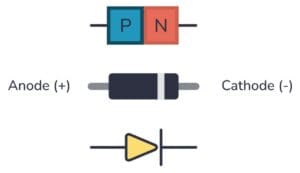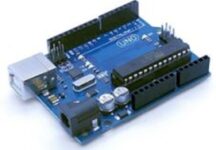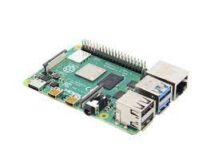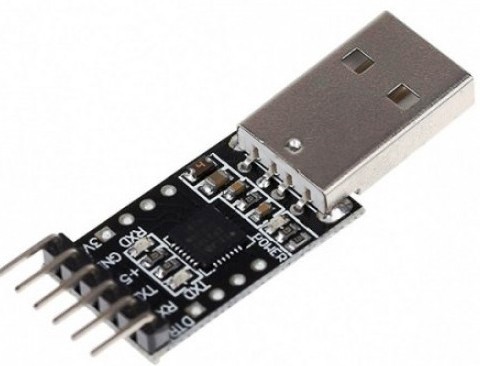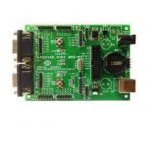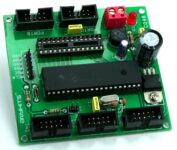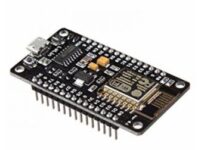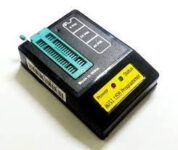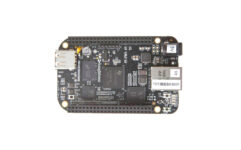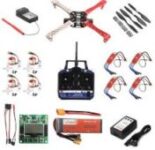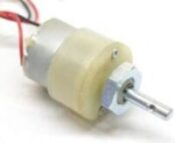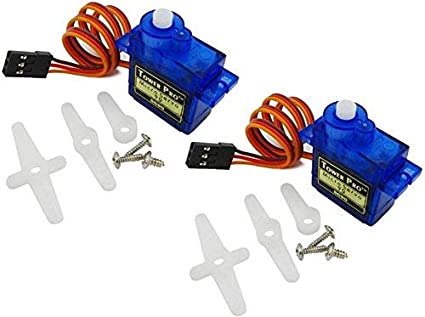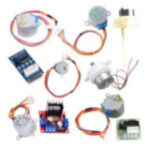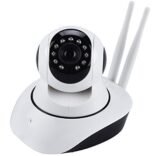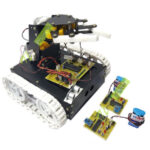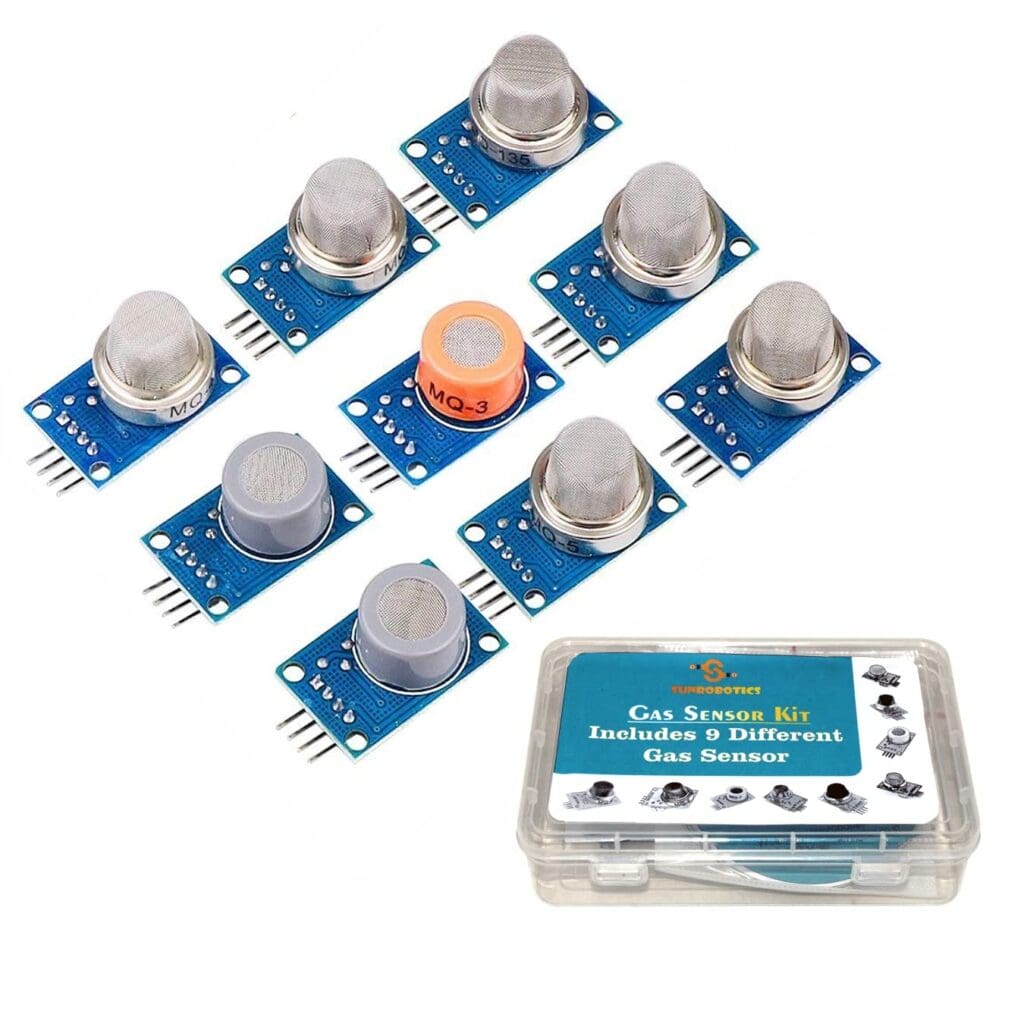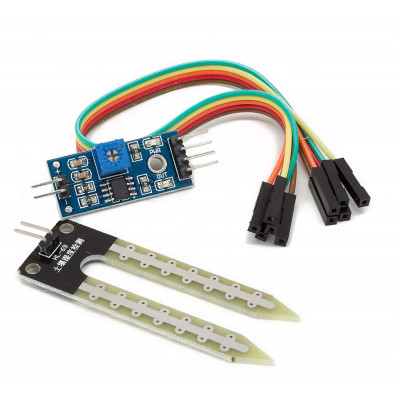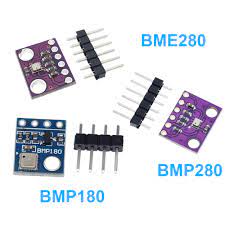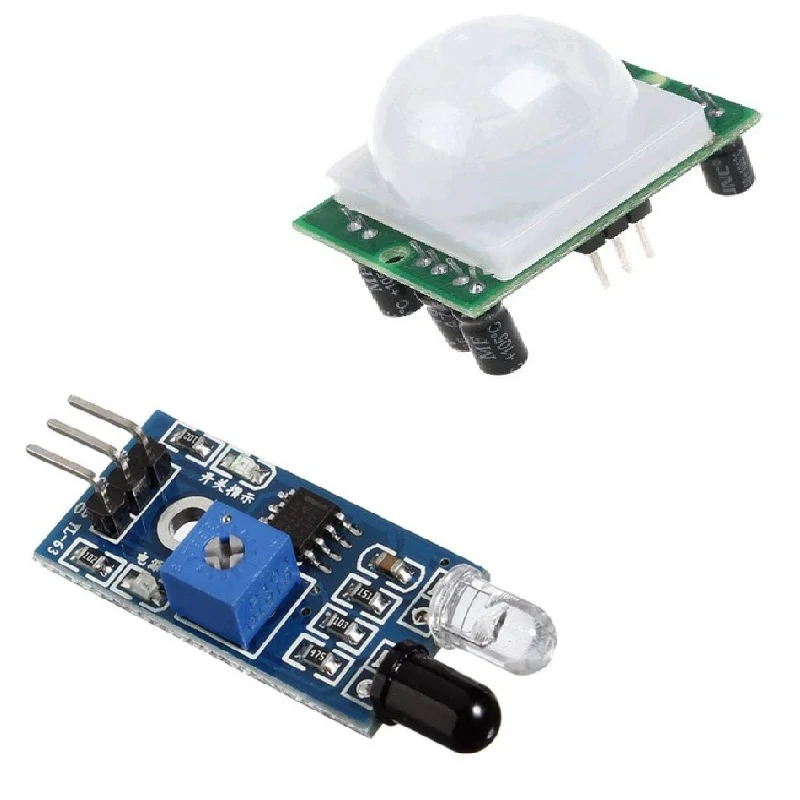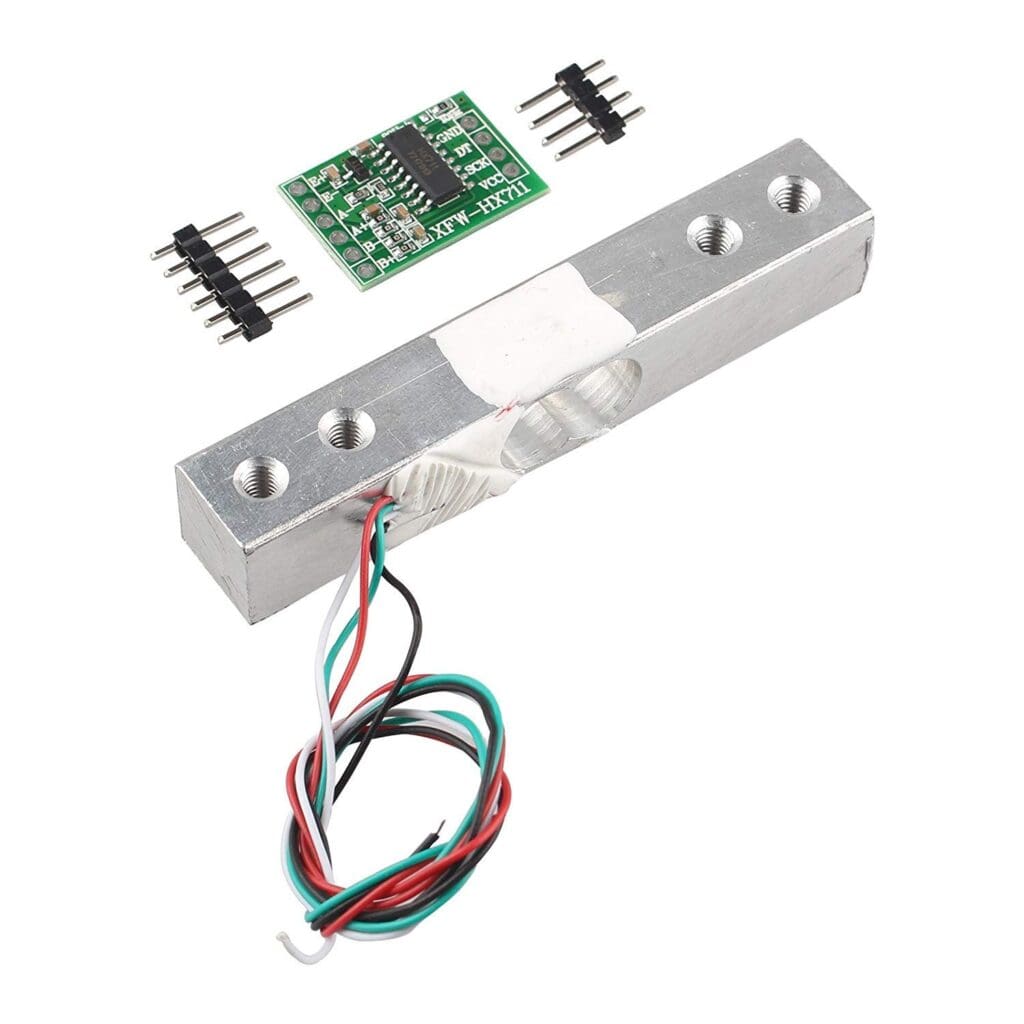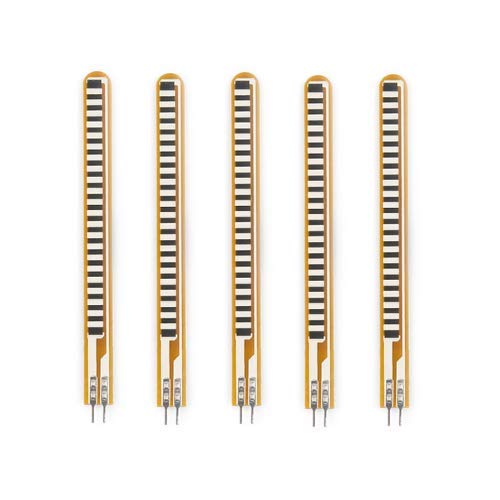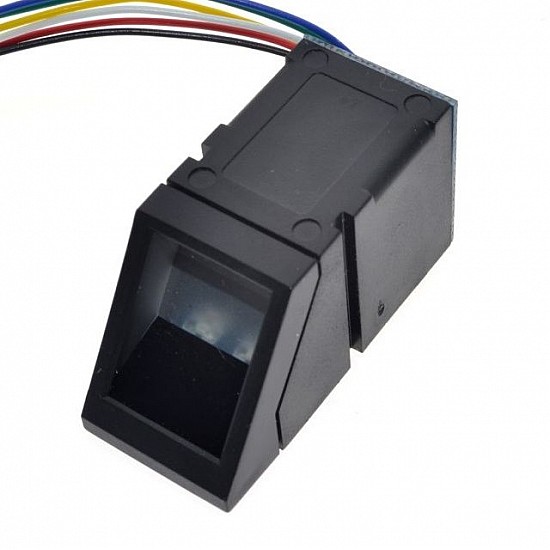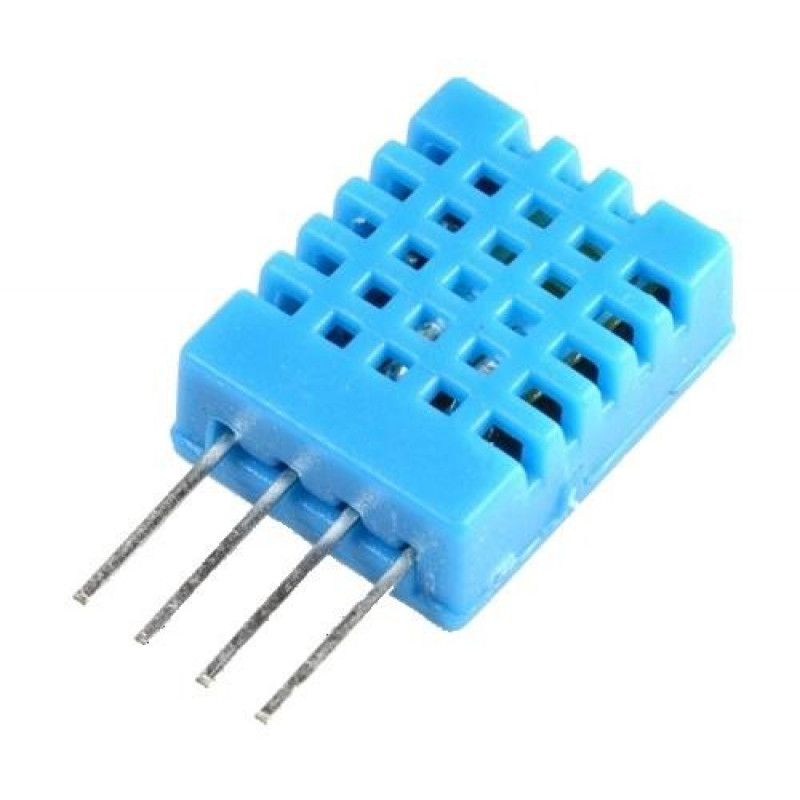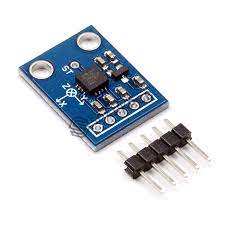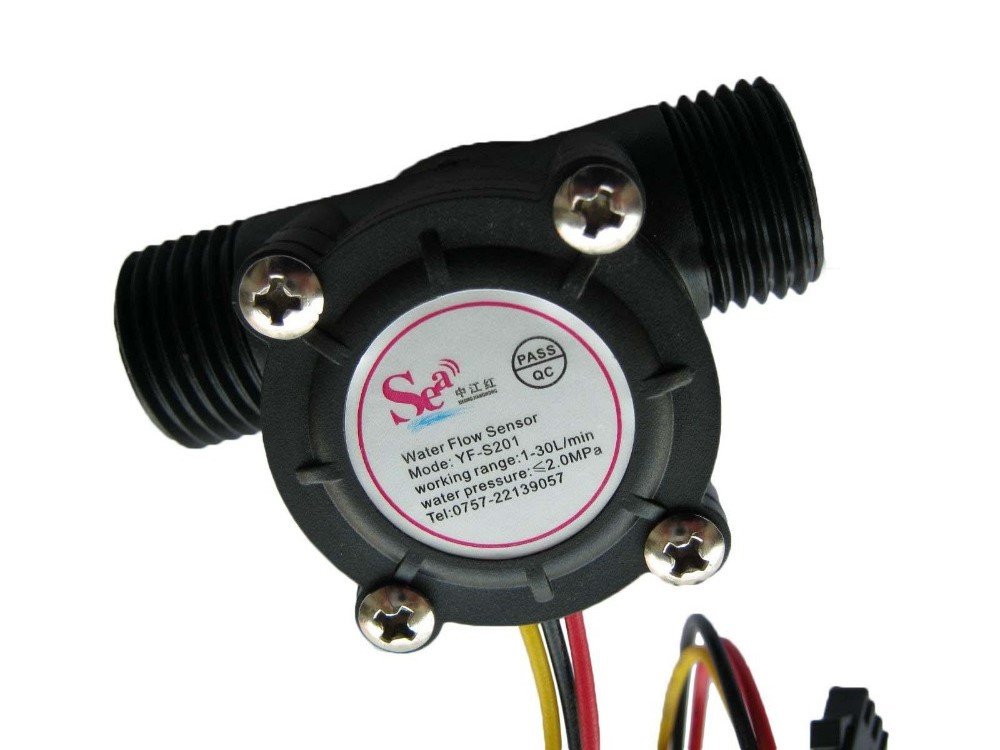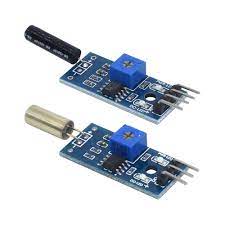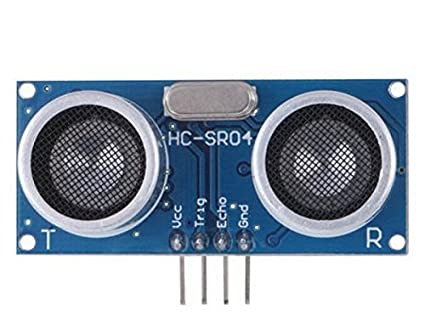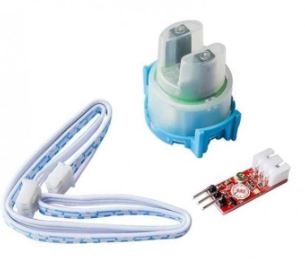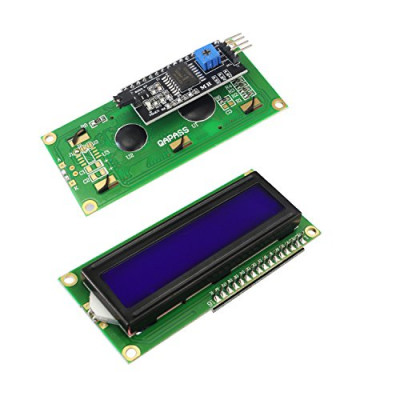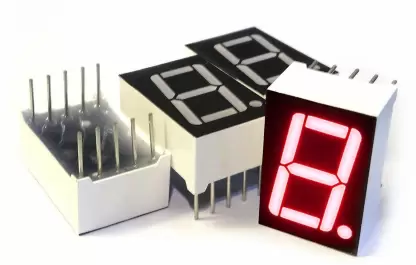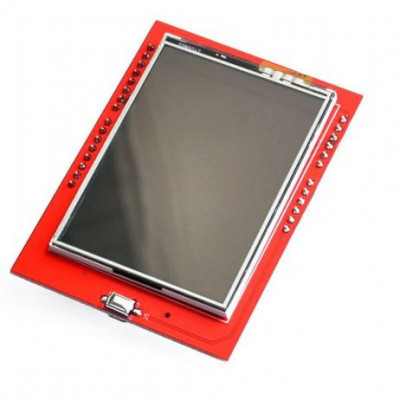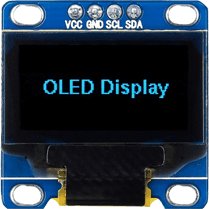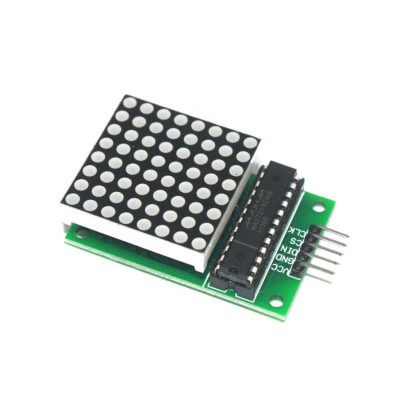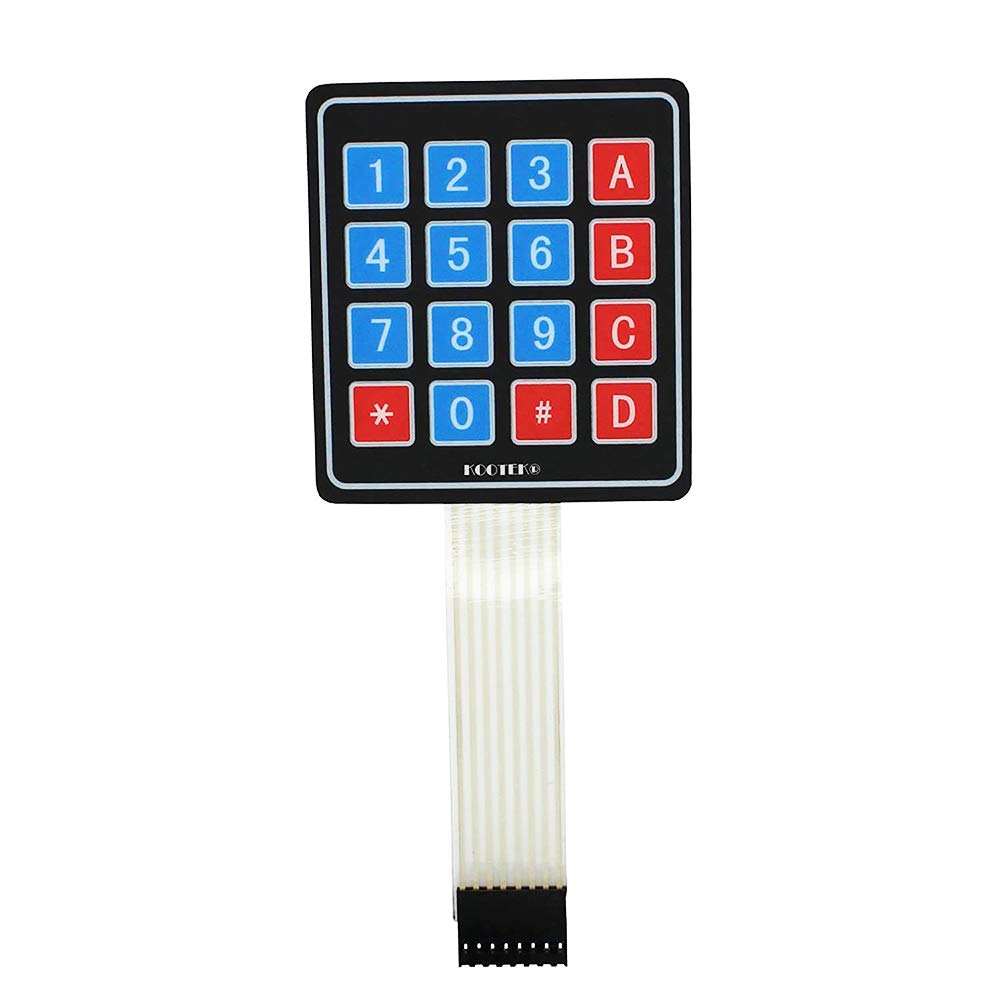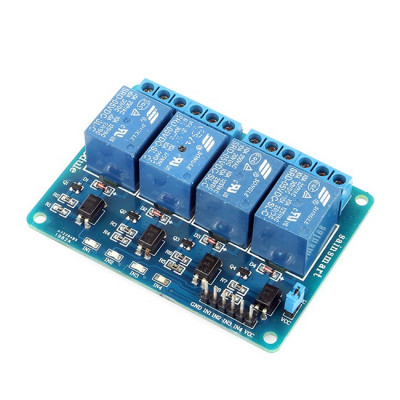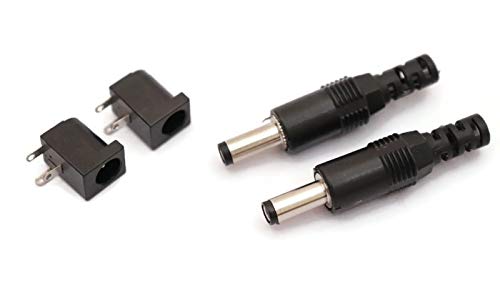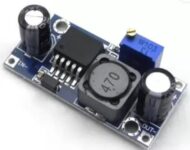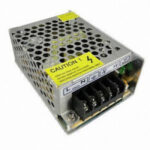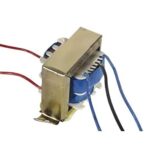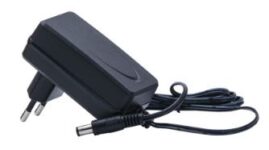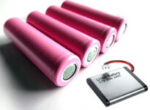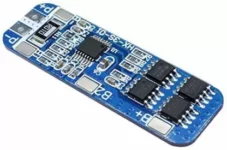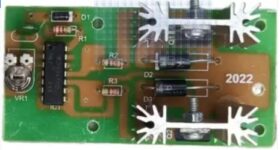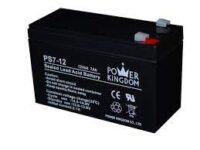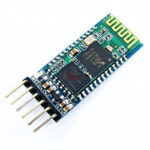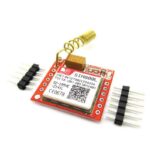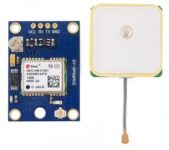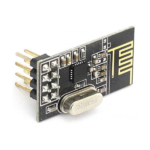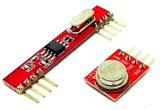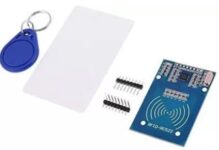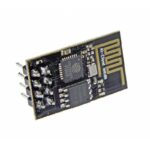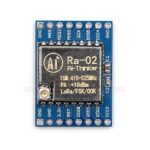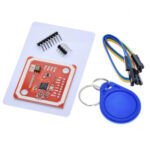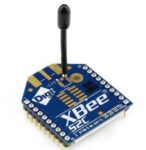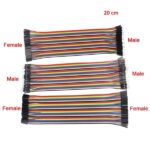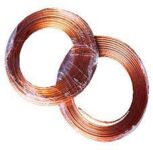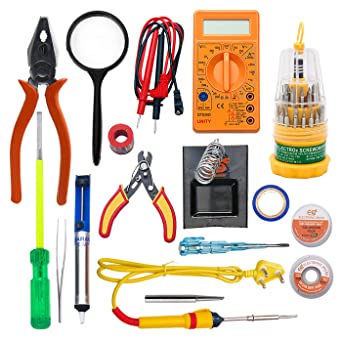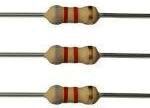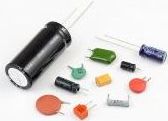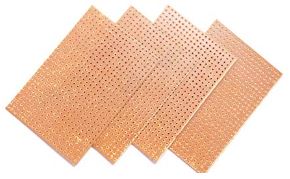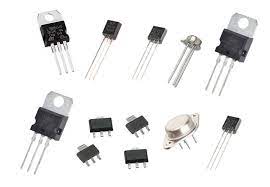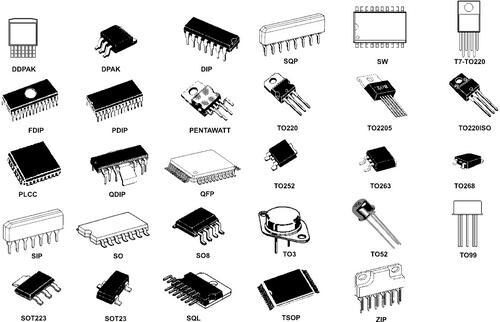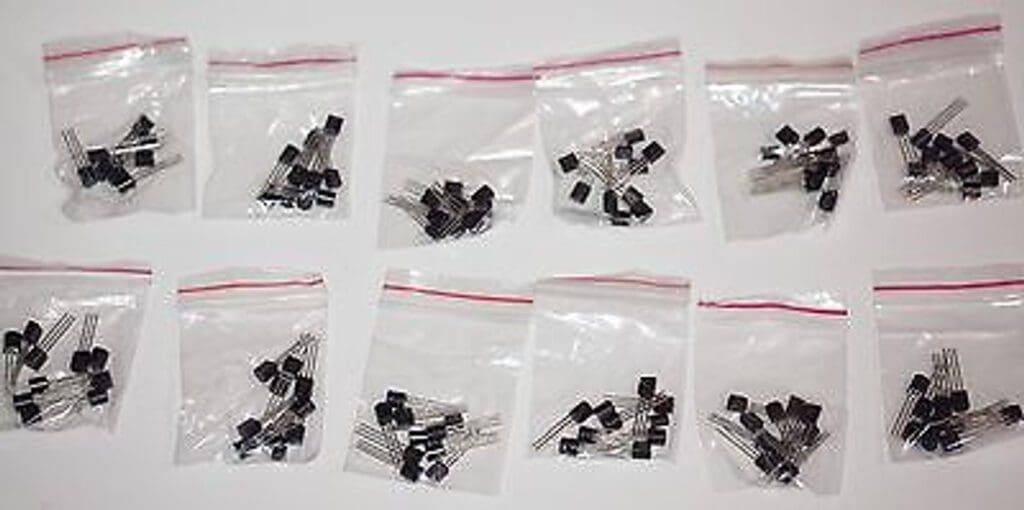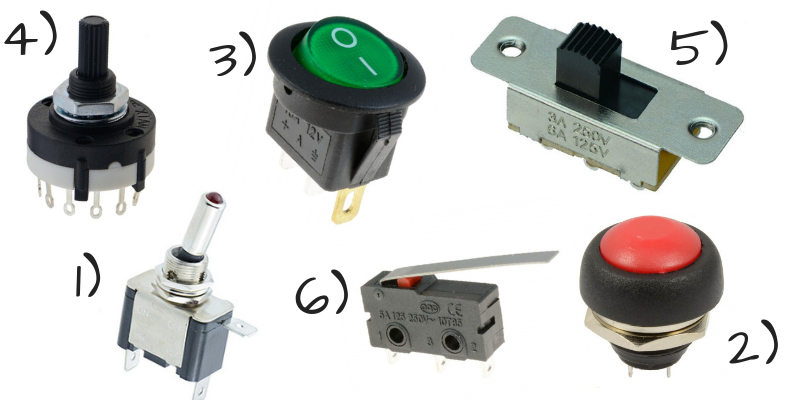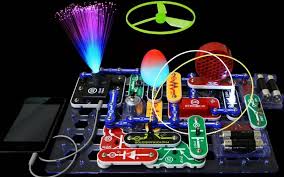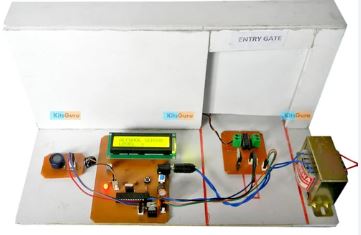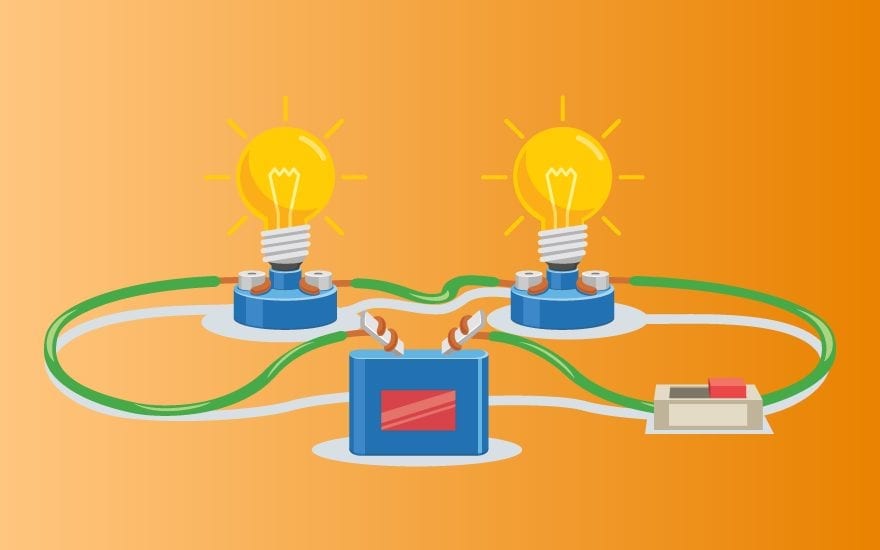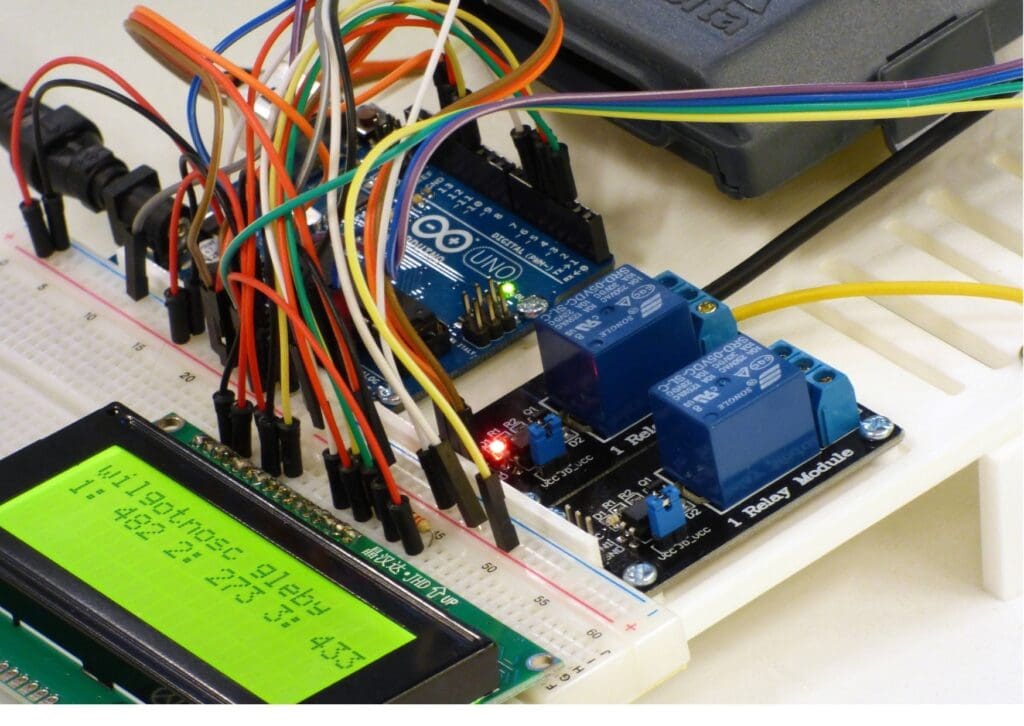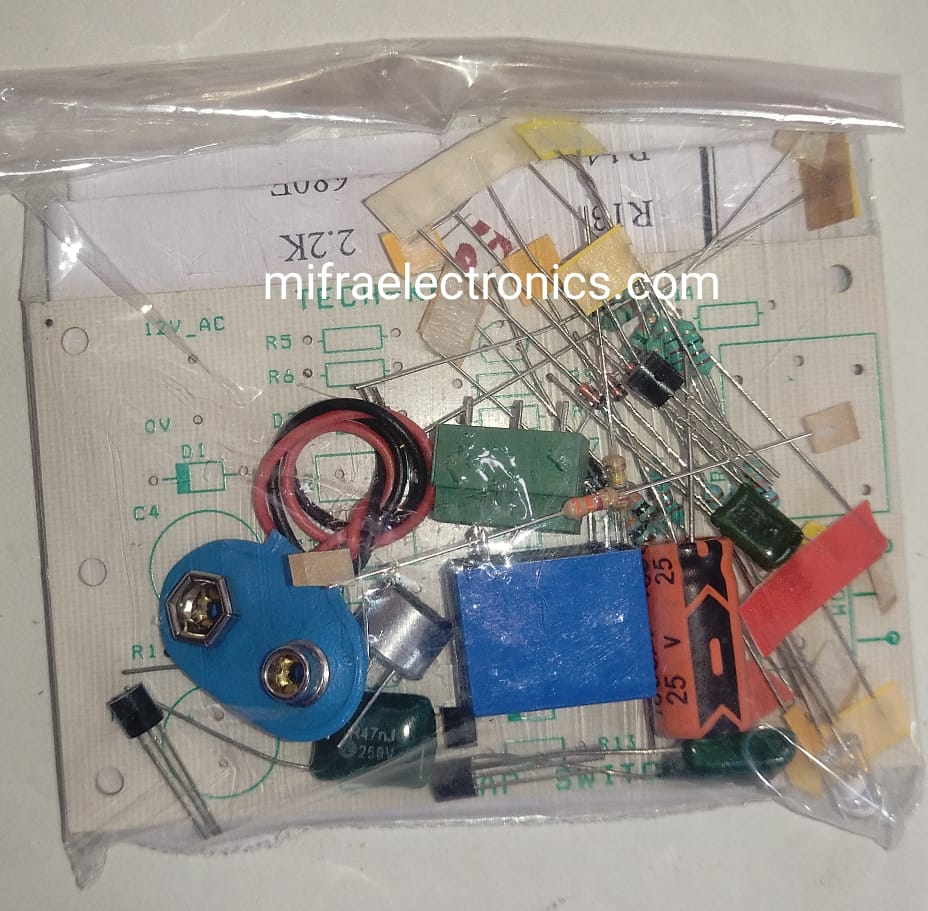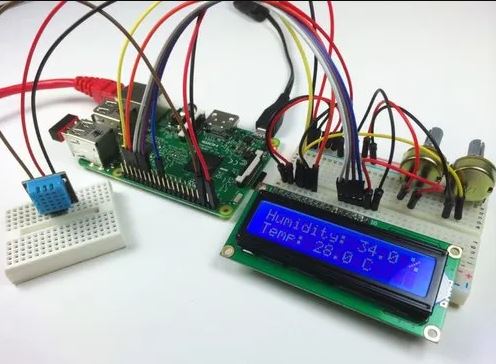In the realm of electronics, where circuits and signals dance to create the symphony of modern technology, diodes play a crucial role. These semiconductor devices may seem small and unassuming, but their impact on electronic systems is nothing short of magical. Let’s embark on a journey into the world of diodes, unraveling their secrets and understanding how these tiny components shape the electronic landscape.
The Basics of Diodes:
At its core, a diode is a semiconductor device that allows current to flow in one direction only. This one-way traffic control is achieved through the interaction of p-type (positively charged) and n-type (negatively charged) semiconductor materials. The most common type of diode is the pn-junction diode, where these two materials meet.
Forward Bias and Reverse Bias:
Diodes showcase their prowess through two essential operating states: forward bias and reverse bias. In forward bias, the diode conducts current with minimal resistance, akin to a green light allowing traffic to move smoothly. On the flip side, reverse bias acts as a red light, preventing the flow of current. Understanding and manipulating these states are fundamental to leveraging diodes in electronic circuits.
Lighting Up with Light-Emitting Diodes (LEDs):
One of the most fascinating applications of diodes is in Light-Emitting Diodes or LEDs. These tiny wonders emit light when current passes through them, converting electrical energy into photons. LEDs have revolutionized everything from display technologies to energy-efficient lighting, proving that diodes are not just traffic controllers but also artists painting the electronic canvas with vibrant colors.
Zener Diodes: Voltage Regulation Wizards:
When it comes to voltage regulation, Zener diodes take the spotlight. These diodes operate in reverse breakdown voltage, maintaining a nearly constant voltage across their terminals. This makes them invaluable in stabilizing voltage in electronic circuits, ensuring a steady power supply and protecting sensitive components from voltage spikes.
Applications in Everyday Life:
From the tiny diodes embedded in your smartphone’s charging circuit to the LEDs adorning your smart TV, these semiconductor devices are omnipresent in our daily lives. Diodes also find applications in radio frequency (RF) circuits, signal demodulation, and solar panels, showcasing their versatility across various electronic domains.
Conclusion:
In the intricate tapestry of electronics, diodes emerge as unsung heroes, directing the flow of electrons with precision and purpose. Their applications range from basic rectification to powering the dazzling displays that captivate our attention. As we continue to push the boundaries of technology, the role of diodes in shaping the electronic landscape remains as crucial as ever. So, the next time you marvel at the brilliance of an LED or the efficiency of your electronic devices, remember that diodes are working tirelessly behind the scenes, orchestrating the magic of semiconductor technology.


